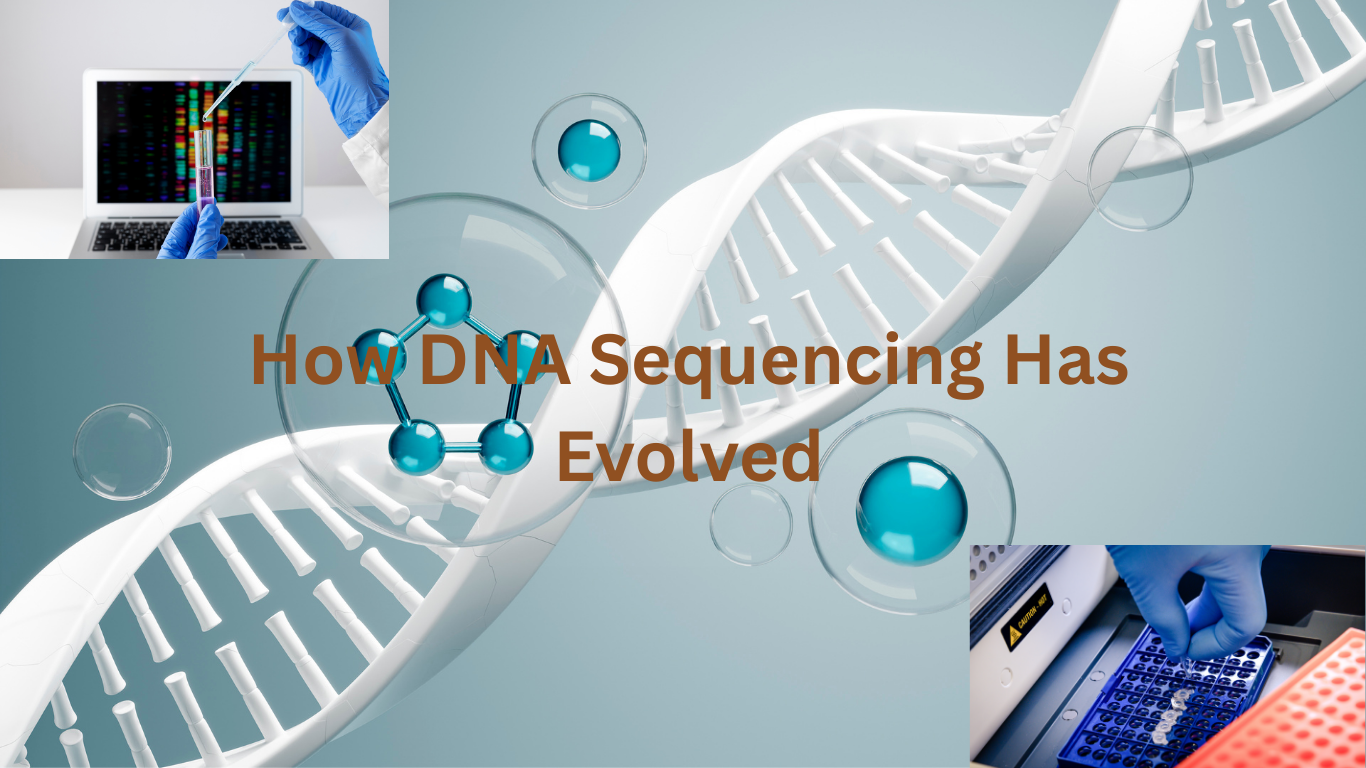Beautiful Plants For Your Interior

Sanger sequencing- Part 3
In 1977, Fredrick. Sanger introduced chain elongation termination method, in which elongated chain is terminated by special nucleotides. Sanger sequencing is much better and safer than Maxam and Gilbert method because there is no use of radiolabeled phosphorus (P32) and hazardous chemicals (hydrazine, dimethyl sulfate, and piperidine).
Chain elongation method is DNA sequencing with the help of polymerase and dideoxynucleosides triphosphate (ddNTPs). Dideoxynucleoside triphosphate like ddCTP, ddATP, ddGTP and ddATP are synthetic nucleoside. These synthetic ddNTPs lacks a hydroxyl group on third carbon of deoxyribose sugar moiety. The absence of hydroxyl stops polymerisation, which in turn stops chain elongation since it is unable to form a bond with the next dNTP’s 5′ phosphate. Triphosphates of dideoxynucleosides are made specifically for each nucleotide. Dideoxynucleoside triphosphates are designed for each nucleotide separately.
Old method
In Sanger method, four different reaction required for each nucleotide because each base corresponds different ddNTPS. In each tube, template DNA, polymerase, primer, ddNTPS and dNTP are added for reactions. The concentration of ddNTPs should be lower than that of dNTPs given to the reaction. The elongation terminates when the polymerase adds 1 ddNTP to the elongated thread, preventing the addition of any more bases. Each ddNTP on the polyacrylamide gel is loaded into a different well (4 distinct lanes) in this parallel process. The negative characteristic of DNA is employed in electrophoresis to identify the locations of the DNA strands. When exposed to x-rays, DNA strands transferred onto the gel create a ladder picture because of their varying base lengths.
The reading is carried out from the bottom up since the shortest thread will move forward first.
New method
Now a day, we used modified Sanger method. Sanger method uses fluorescently labeled ddNTPs and capillary electrophoresis. Now there is no need to run a reaction in four different tubes for each ddNTPS, one single tube is sufficient for the reaction. Each ddNTPs (ddCTP, ddATP, ddGTP and ddATP) labelled with base-specific fluorescent dyes. After PCR reaction, these fluroscnet labelled ddNTPs terminate the reaction and these base-specific fluorescent labelled provide information about last added nucleotide to DNA. Capillary gele electrophoresis is used for detection in which DNA fragmented are run on gel and separated on the basis of size difference.
A laser beam glows the fluorescent dye at the terminator of ddNTPs on the last bases of the DNA sequences moving through electrophoresis. Spectral detectors known as charge-coupled devices (CCDs) are used to detect fluorescence. Sequences must be interpreted and analysed using software.
Protocol for Sanger sequencing-
It was the widely used sequencing technique and remains a gold standard for sequencing small DNA fragments. There is explanation of protocol, and each lab have their own standardization. If you have any query regarding troubleshooting, please message.
Materials and Reagents:
1. Reaction mixture required
DNA template (pure PCR product or plasmid),
Sequencing primer (Each reaction contain Forward/ Reverse primer,)
BigDye Terminator Cycle Sequencing Kit (Contains DNA polymerase, dNTPs, and fluorescently labeled ddNTPs), Reaction Buffer (10X),
Deionized Water (Molecular biology grade).
Step 2: Polymerase Chain Reaction
Step 3: Purification of Sequencing Reaction
Add sodium acetate (pH 5.2) + 25 µL of 100% ethanol to the reaction tube.
Vortex and incubate at -20°C for 15 min to precipitate DNA.
Centrifuge and discard the supernatant.
Wash the pellet with 70% ethanol and centrifuge again.
Air dry the pellet at room temperature.
Resuspend in 10-20 µL of dimethylformamide to denature DNA before loading onto the sequencer.
Step 4: Capillary Electrophoresis
Load 10-20 µL of the purified product into a 96-well plate.
Run the samples on an ABI 3500 or similar genetic analyzer with standard sequencing parameters.
The machine detects fluorescently labeled ddNTPs, generating a chromatogram.
Step 5: Data Analysis
Check the quality of sequence
Using software such VecScreen, expasy tools, analyse the vector seuqnce in case of plasmid and remove vector sequence and extract desired DNA.
Sanger sequencing method sequence read length is approximately.
Forward primer and Reverse primer read the sequence from both 5’ and 3’ end. Sequence alignment tools are available that help in proper alignment to get complete sequence.
BLAST give the information about the sequence and similarity with neighbour species.
There is generalized explanation of protocol, and each lab have their own standardization. If you have any query regarding troubleshooting, please message.